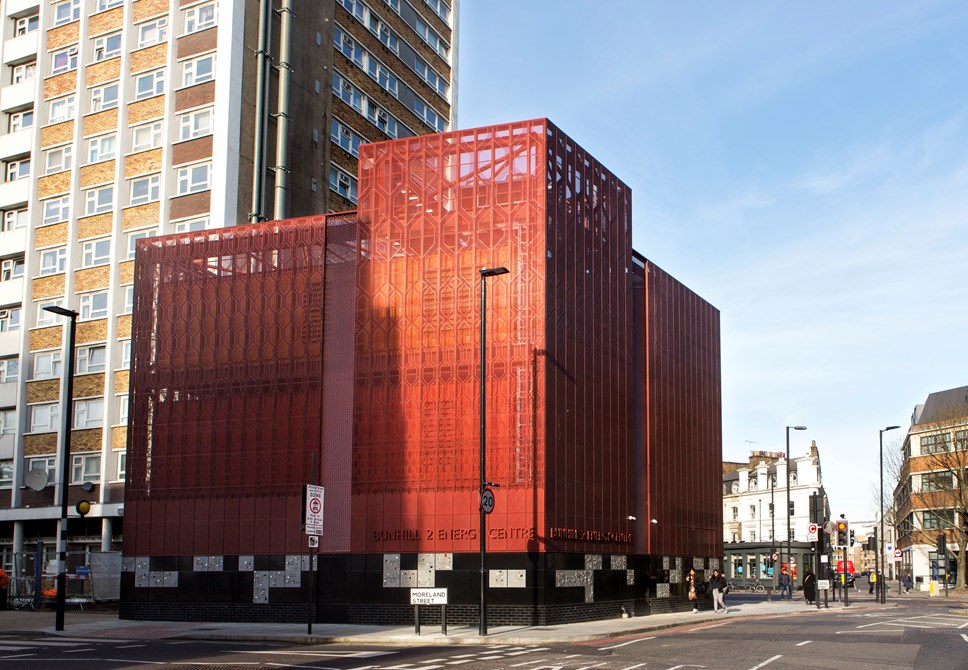ChewChewTrain
Member
- Joined
- 27 Jun 2019
- Messages
- 355
On a cold day, it’s always a relief to get into a deep-level Underground station and wait in the warm on the platform.
However, I do wonder how expensive it is to keep all that air heated, particularly where the ceiling is high (e.g. Clapham Common with its retro-cool hanging radiators).
Is this something that could ever be cruelly snatched away from us for that reason? It would surprise me if there were any obligation on them to retain it, given that most platforms even in London are not only unheated but outdoor. And I would think that while passengers (including me!) would grumble about the change, it wouldn’t be catastrophic enough to cause them to change their travelling habits.
So, while I really wouldn’t like it, I struggle to think of reasons why it wouldn’t make sense to TfL. I’d be grateful to anyone who can!
However, I do wonder how expensive it is to keep all that air heated, particularly where the ceiling is high (e.g. Clapham Common with its retro-cool hanging radiators).
Is this something that could ever be cruelly snatched away from us for that reason? It would surprise me if there were any obligation on them to retain it, given that most platforms even in London are not only unheated but outdoor. And I would think that while passengers (including me!) would grumble about the change, it wouldn’t be catastrophic enough to cause them to change their travelling habits.
So, while I really wouldn’t like it, I struggle to think of reasons why it wouldn’t make sense to TfL. I’d be grateful to anyone who can!
Last edited:


